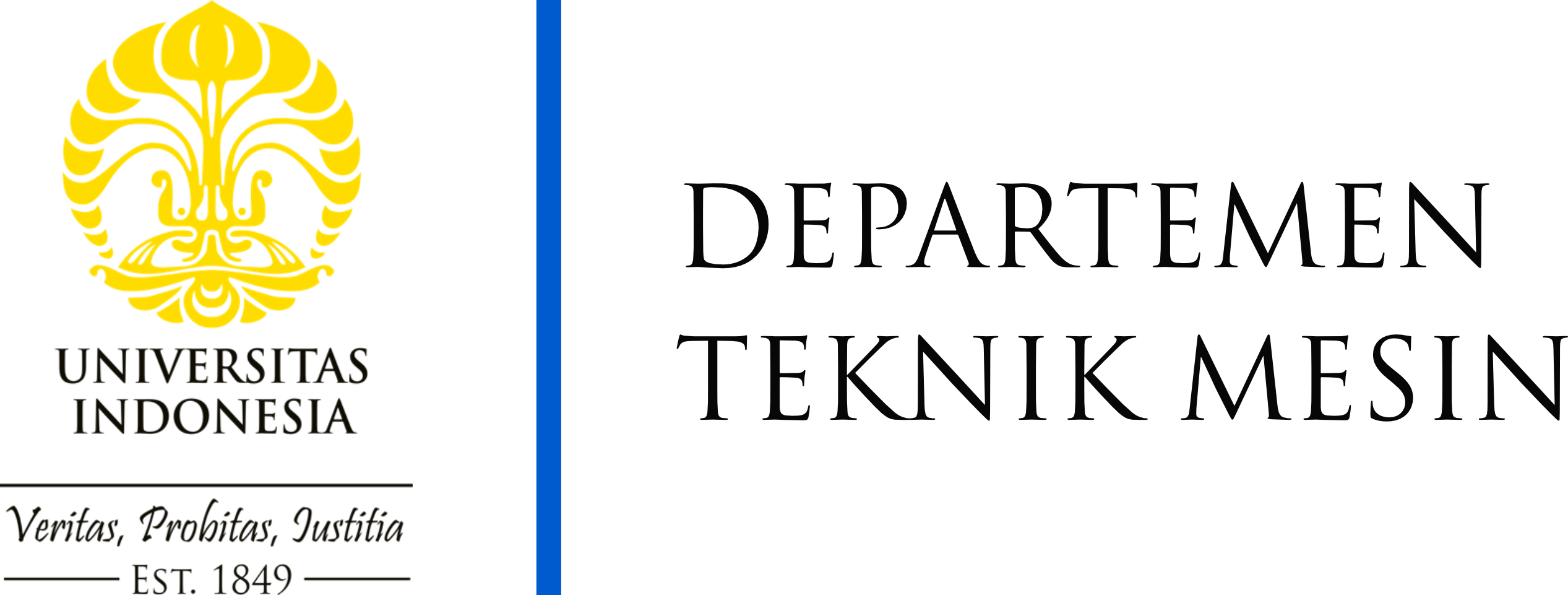arif@eng.ui.ac.id
2011 – Naval Architecture and Marine Engineering, Universitas Indonesia
2012 – Mechanical Engineering, Universitas Indonesia
2016 – Urban and Environmental Engineering, Kyushu University, Japan

With the link-and-match program between the industries and academics, technological needs in the industry can be accommodated by way of academic matters, thus proving it as a policy solution to the government.
Increased flows of containers in the trading world are gearing container ports into a “Green Port” concept. Regarding this concept, the study aimed to achieve energy efficiency in each container transport facility. With energy efficiency, the direct impacts of emissions resulting from the port’s environment can be reduced.

“Green Port Initiative” is an effort to develop a port technology regarding carrying out energy efficiency and reducing carbon emissions. The results of the development of this “Green Port” technology have widely been applied in many developed countries and are implemented by governments, industries, and academics.
The “Green Port” concept encourages a container port to use electrical energy to operate its transportation. We conducted measurements at Hakata Port with a 910,000-TEU capacity with energy consumptions mostly distributed in the reefer storage yards, gantry cranes, and tenant electricity. Based on the data distribution, the container port managed its energy by developing a technology to reduce energy consumption in its reefer storage yards and make operational arrangements for its gantry cranes, so the peak loads could evenly be distributed over a determined and limited period.

The “Green Port” concept encourages a container port to use electrical energy to operate its transportation. We conducted measurements at Hakata Port with a 910,000-TEU capacity with energy consumptions mostly distributed in the reefer storage yards, gantry cranes, and tenant electricity. Based on the data distribution, the container port managed its energy by developing a technology to reduce energy consumption in its reefer storage yards and make operational arrangements for its gantry cranes, so the peak loads could evenly be distributed over a determined and limited period.
